Never miss an offer or update. You can unsubscribe at any time.
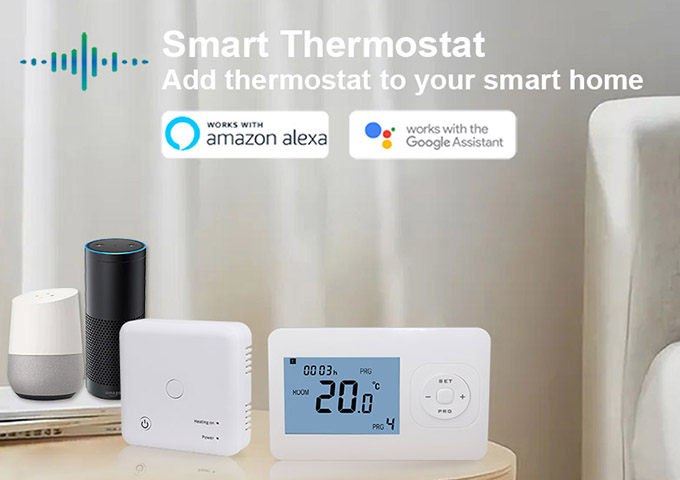 Take you to indeed understand the room thermostat
Take you to indeed understand the room thermostat
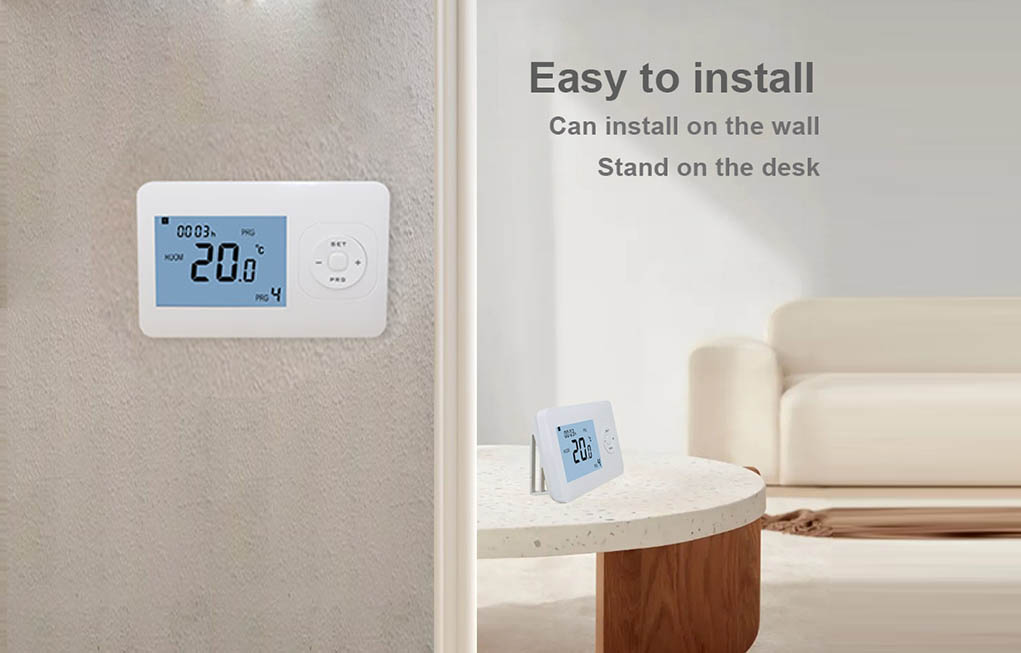 Wireless Room Thermostat(WT-02)
Wireless Room Thermostat(WT-02)
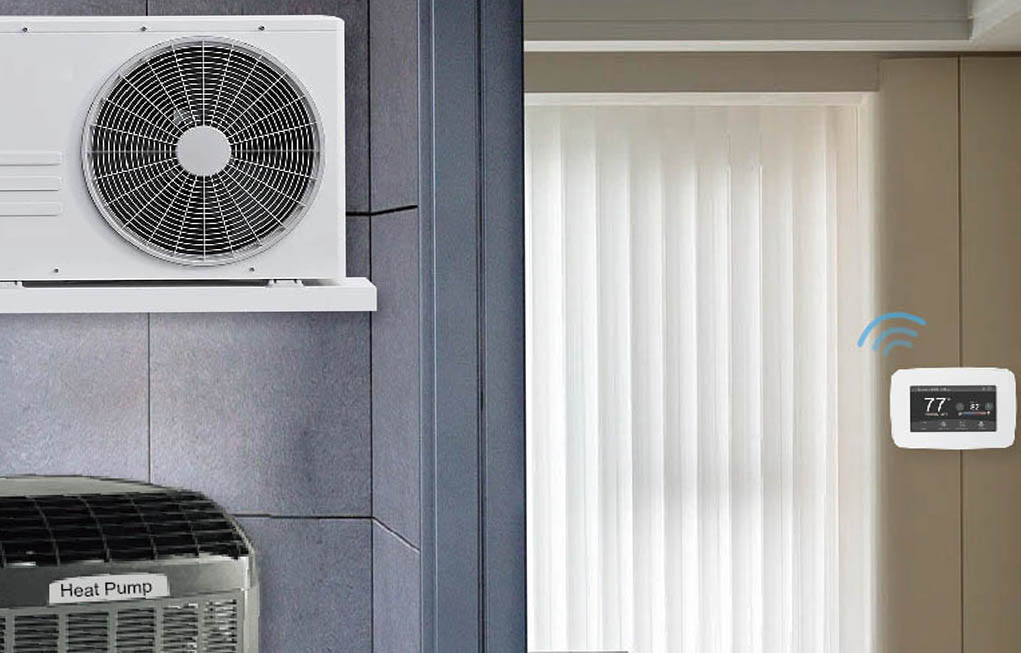 Maximizing Heat Pump Efficiency with a Comprehensive Guide to Thermostats
Maximizing Heat Pump Efficiency with a Comprehensive Guide to Thermostats
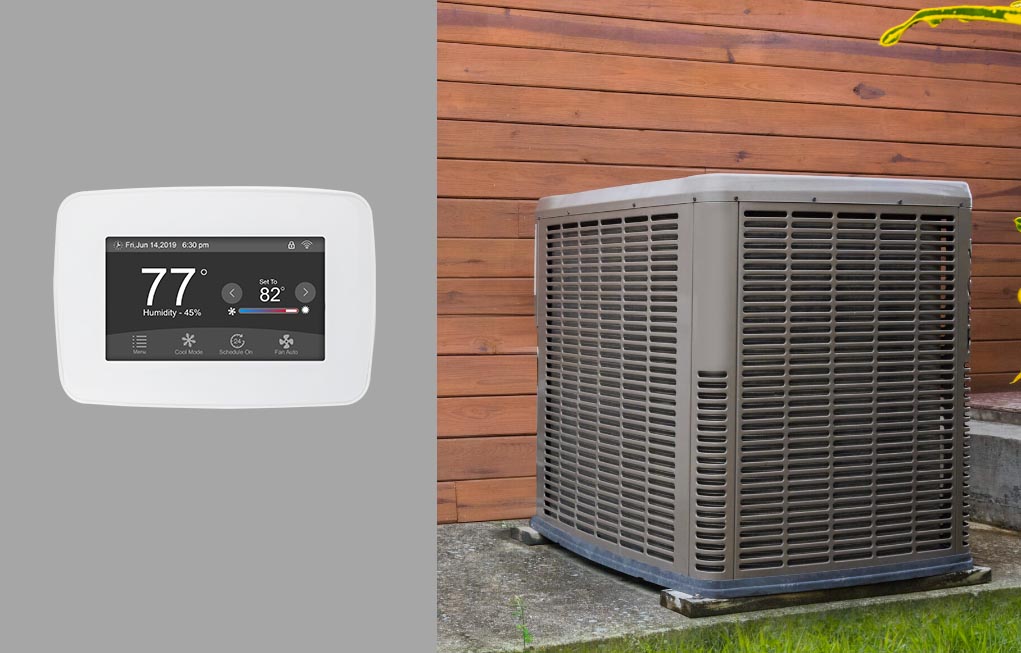 How to Wire a Heat Pump Thermostat?
How to Wire a Heat Pump Thermostat?
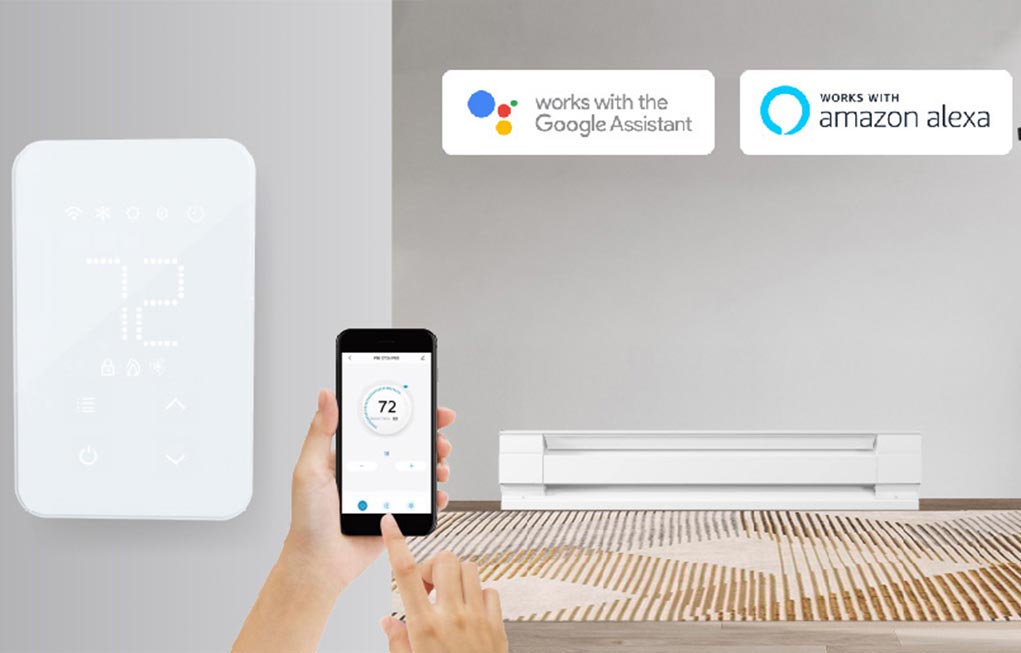 Guides of Installing a Line Voltage Thermostat for a Baseboard Heater
Guides of Installing a Line Voltage Thermostat for a Baseboard Heater
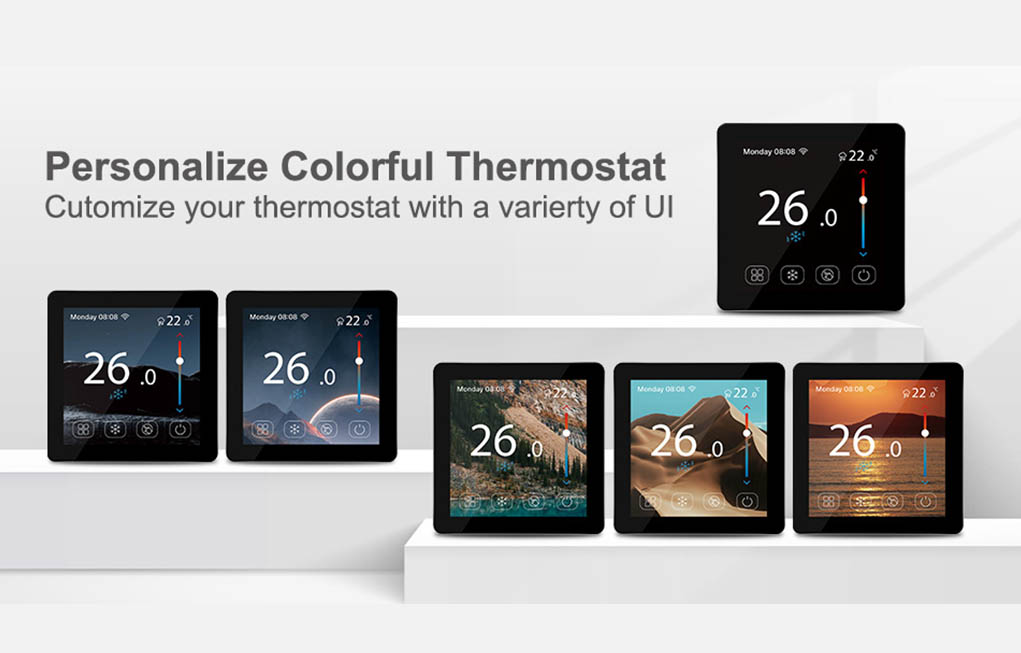 E-top New Color Screen Room Thermostat Lanch
E-top New Color Screen Room Thermostat Lanch
 E-TOP: Focusing on high-quality thermostats, continuously investing in R&D and production upgrades
E-TOP: Focusing on high-quality thermostats, continuously investing in R&D and production upgrades
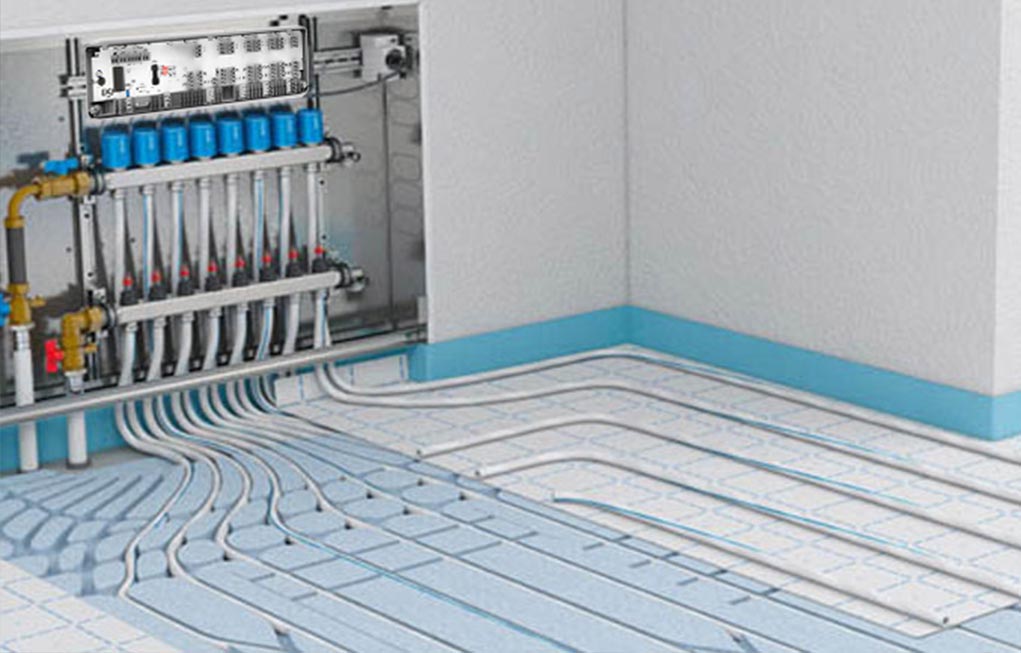 Brife Introduction for 8/16 Zones Wiring Center
Brife Introduction for 8/16 Zones Wiring Center
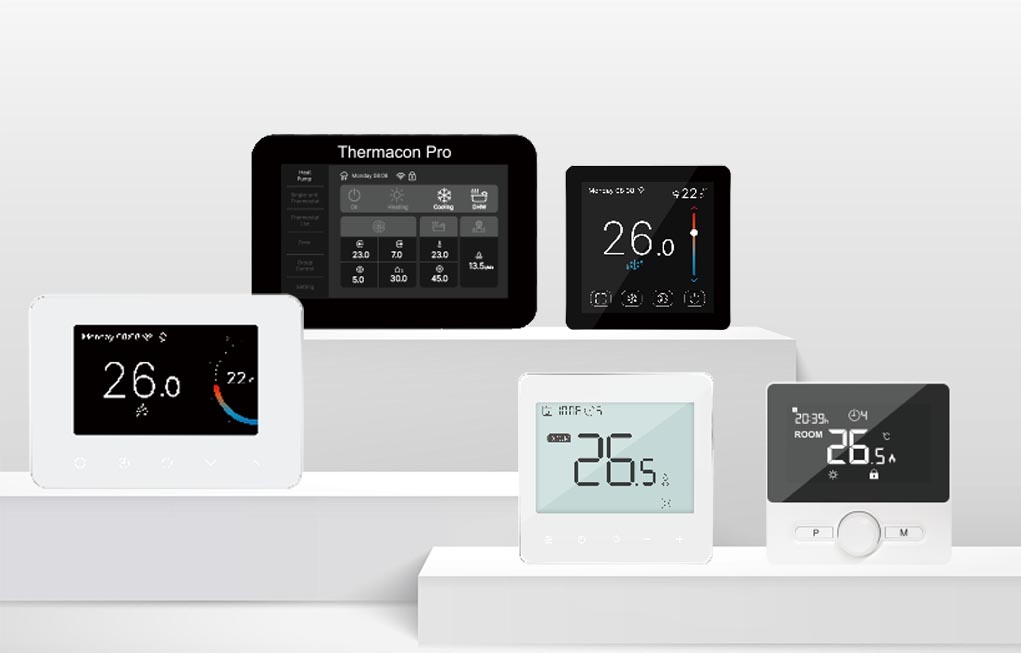 When to Replace Your Thermostat
When to Replace Your Thermostat
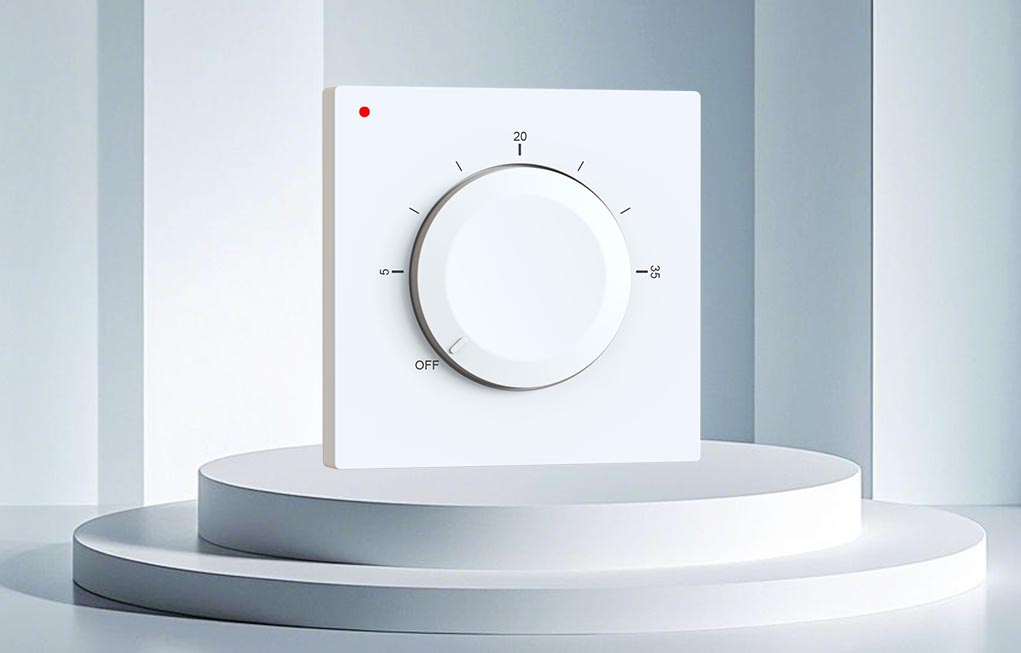 Difference Between a Mechanical and Electronic Thermostat?
Difference Between a Mechanical and Electronic Thermostat?
 Address:No.6 of Tong'an Industrial Park, Meixi Rd,Tong'an District, Xiamen China 361100
Address:No.6 of Tong'an Industrial Park, Meixi Rd,Tong'an District, Xiamen China 361100 Phone:+86 0592 6155792
Phone:+86 0592 6155792 Email:info@etopcontrols.com
Email:info@etopcontrols.comNever miss an offer or update. You can unsubscribe at any time.

